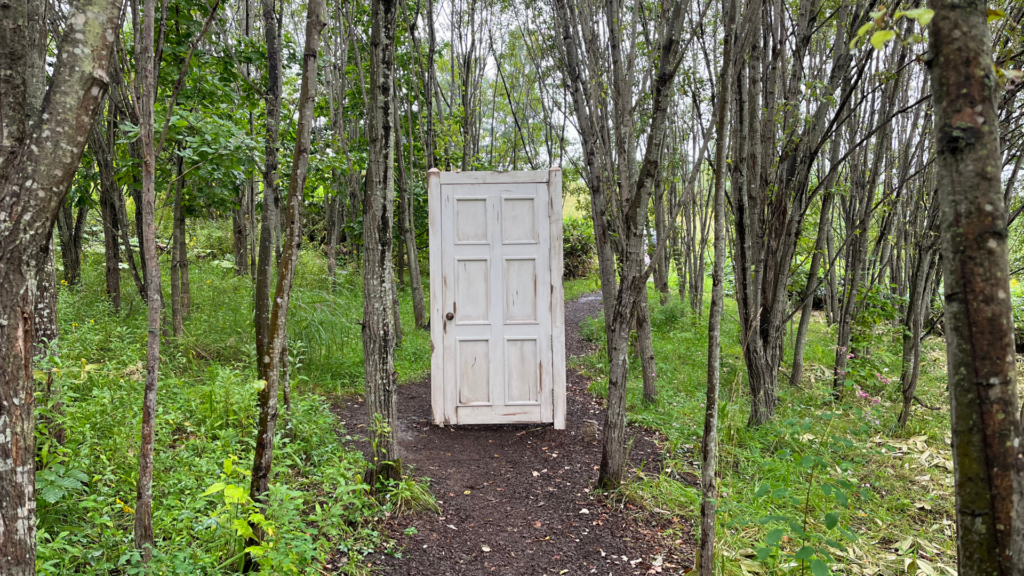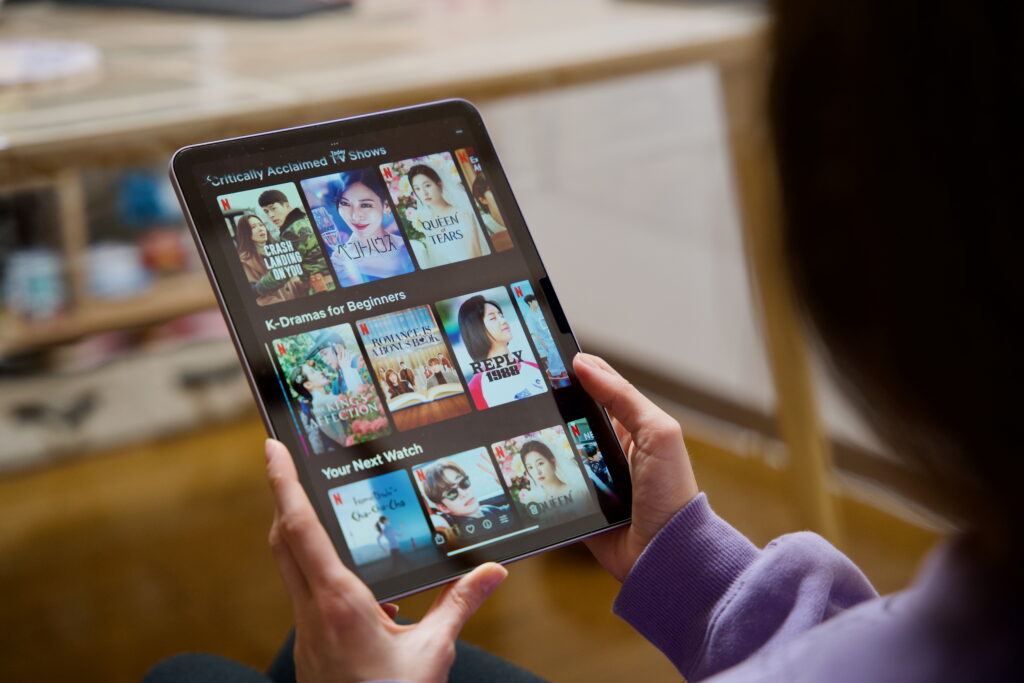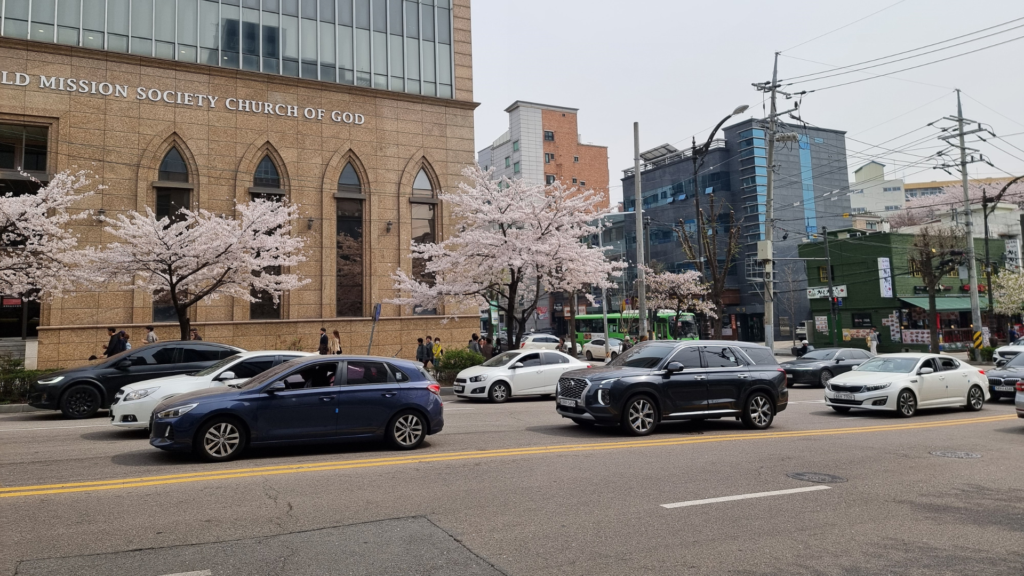Latest updated: March 2024.
The cost of studying in Korea is definitely lower than in most Western or Asian countries (such as Japan), as is the cost of Korean language courses. But how much does it cost to live and study in South Korea? In this article, we will discuss how much it costs, and what to expect once you are there.
Cost of studying in Korea by language course
The cost of studying in Korea varies depending on the school you choose, the duration of the course, and the city in which you want to live and study. Seoul and Busan have different costs of living.
In general, the cost of a 3-month Korean language course at a university is USD 1300-1400. This price includes textbooks and teaching materials to be used throughout the term, as well as any extra-curricular activities organised by the university.
For a 6-month Korean course, approximately USD 2500-2600 are required, and this also includes textbooks.
These prices mainly concern Seoul, whereas in Busan or Daegu the figure for a 3-month course drops to USD 1000. You can find out more about living and studying in Seoul in this article here.
Cost of studying in Korea by accommodation type
The cost of studying in Korea definitely depends on the accommodation you’ll book. Language students have several accommodation options to choose from: university dormitory, goshiwon, share house, and host family.
The most common choice among students is the dormitory for its logistical positioning, as it is located on or near campus. They are also highly economical – the rent for three months in a double room in a dormitory costs around USD 900-1100, with the possibility of renewing the contract for further quarters. The rent includes utility bills, and a double room with a private bathroom. Some universities also offer private rooms at a higher price, but availability is always very limited, and goes in order of demand.
An additional cost in the dormitory concerns the bedding. Sheets, pillows, and blankets are not included in the price, but you have to buy them on your own or buy them directly from the dormitory for about USD 50 before you can move into your room.
The goshiwon is the second most popular budget option for off-campus students. The price of a goshiwon is around USD 400-500 per month, for a furnished single room with a private bathroom in a building with common areas such as a kitchen and laundry. We discuss this in detail in our article on goshiwons.
The share house is the ideal option for those who want to share a house with Koreans and live in an international environment. Share houses can be found in different districts of the city and offer both private and shared rooms. The price varies depending on several factors, but in general the average price of a private room in a central area is USD 500-600 per month, including utility bills.
The last accommodation option worth considering is the homestay. Homestaying in Korea means being in direct contact with a Korean family, learning customs and traditions, practising the language on a daily basis, and above all, eating excellent home-cooked Korean food. The price of a homestay in Korea is about USD 220 per week and includes breakfast and dinner at home. You can also opt for breakfast only at a lower price.
For details on prices, please contact us or consult the accommodation page of our website.

Cost of student health insurance in Korea
Another common concern before moving abroad is health insurance. In Korea, all students enrolled in a language course, even for three months, are entitled to health insurance affiliated with their university. Each insurance has a different ceiling, but medical treatment and visits are generally covered.
The price of health insurance is between USD 50 and 100, depending on the duration of coverage and the university you enroll in. It is compulsory to have health insurance in order to enroll in a course and live in Korea, but it is not compulsory to do so through the university. Some universities let you use a private insurance, as long as you can send the school a copy of your insurance before your arrival in Korea. Contact us for more information.
Cost of food and school canteen
Food is indeed another factor that will impact the cost of studying in Korea.
All Korean universities offer a canteen service for students on language courses. There is a charge for the canteen, and it is accessible to all, even those not using the dormitory.
Meal plans, or meal vouchers, are available for dormitory students, but not all universities offer them. In general, the cost of a single meal of Korean cuisine is USD 4-5.
For those who do not want to eat in the canteen, eating out in Korea is very cheap, especially at lunchtime. The most common choices are noodles, or ramyeon, at USD 4-5 for a full plate, while a set menu at lunch in restaurants of various types can be found for USD 6-7. Dinner costs around USD 10-15 on average.
An inexpensive alternative are dosirak, or packed meals in ready-made boxes that can be bought in pyeonuijeom (편의점), the Korean convenience stores, for various prices. They usually don’t cost more than USD 4-5.
For a more extensive list of prices, check out our article on the cost of living in South Korea.

Cost of transport and SIM cards
If you live in a university campus dormitory, you won’t have to spend too much on public transport, as everything you need is either on campus or in the neighborhood of the university.
For travel by metro, the basic price of a ticket is about USD 1, and the fare goes up according to the distance traveled. The same goes for the bus, which is very popular in Seoul as well as in Busan or Daegu. Read the article on the T-money card to learn how to use Korean transport efficiently.
Taxis are also quite cheap, or at least much cheaper than taxis in most Western countries. In fact, the basic fare starts at USD 3, increasing according to the kilometers traveled. Taxis are very popular in Korea, especially in the evening if you miss the last train home.
As for SIM cards, phone contracts in Korea are often for periods of at least 1-2 years. There are options for those wishing to make short contracts, with some phone companies allowing you to renew your contract monthly with rechargeable SIM cards. The average cost is USD 30-40 per month for 2GB of data. We at Go! Go! Hanguk work with a phone company that offers SIM cards with monthly contracts and can help you get one if you sign up with one of the schools on our site.
We hope this list of prices will help you get a more complete picture of the cost of studying in Korea.
Contact us for information on the Korean student visa and language course enrolment.
Follow us on Instagram and TikTok to learn the language and learn more about Korean culture.
















